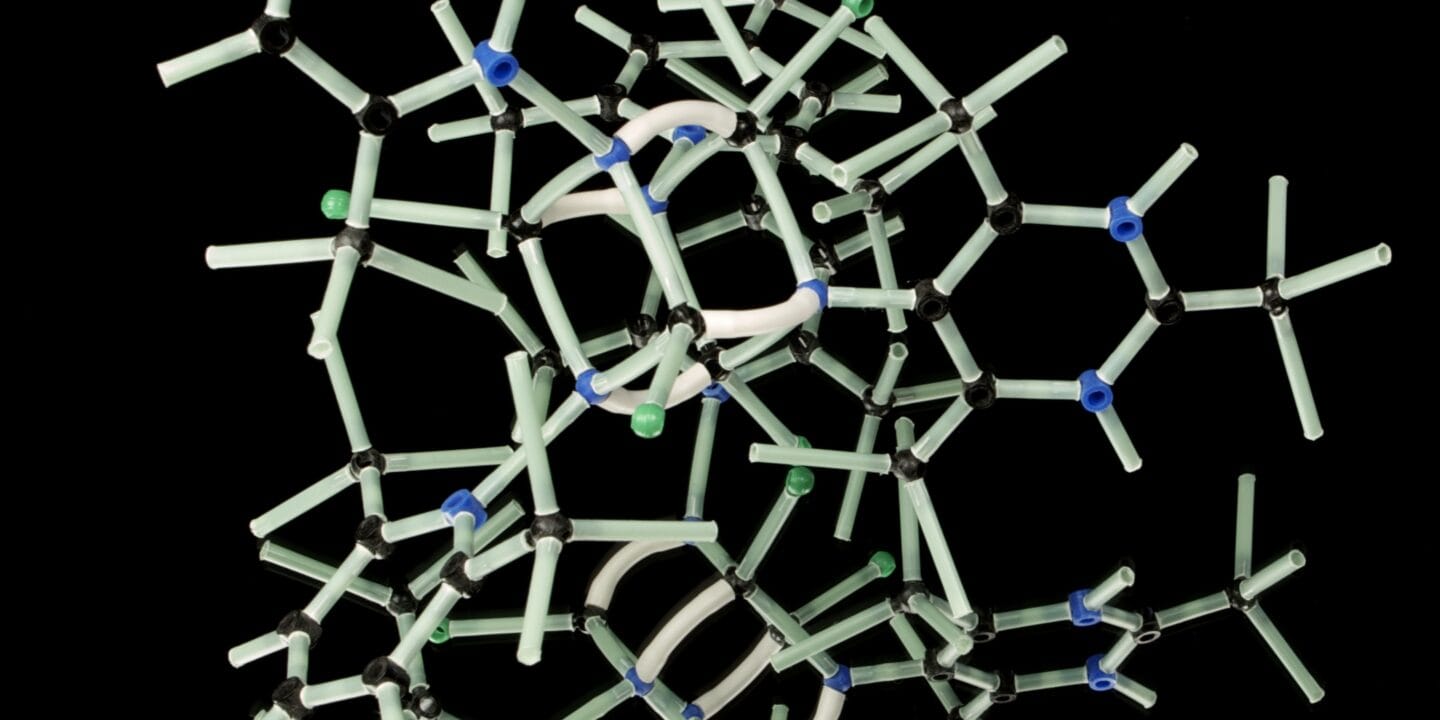
Allopurinol is a hypoxanthine analog initially synthesized as a purine antimetabolite for cancer chemotherapy. It is currently used as a uric acid synthesis inhibitor. Allopurinol is a short-acting and competitive inhibitor of xanthine oxidase.
However, its major metabolite, alloxanthine, is a long-acting and noncompetitive Inhibitor. During allopurinol administration, the plasma concentration of uric acid is reduced, and that of hypoxanthine and xanthine is increased.
Mechanism of action.
- It is a xanthine oxidase inhibitor.
- The drug inhibits the conversion of hypoxanthine to xanthine to uric acid.
- This decreases the production of uric acid without disrupting the synthesis of vital purines in the body.
Clinical use.
- Allopurinol is the first choice drug for the management of chronic gout.
- Management of antineoplastic-Induced hyperuricemia.
Adverse effects.
- Hypersensitivity reactions include rashes, fever, malaise, and muscle pain.
- Renal impairment.
- Stevens-Johnson syndrome.
- Gastric irritation, headache, nausea, and dizziness.
- Liver damage.
Drug interaction
- Allopurinol inhibits the degradation of 6-mercaptopurine and azathioprine in the body.
- When administered with allopurinol, probenecid gives a complex interaction; while probenecid shortens t½ of alloxanthine, allopurinol prolongs t½ of probenecid.
- Allopurinol potentiates warfarin and theophylline by inhibiting their metabolism.
Contraindication
- Pregnancy and breastfeeding
- It should be used cautiously in children, the elderly, and patients with kidney or liver disease.
- In hypersensitive patients
Dosage.
- Start with 100 mg OD, gradually increase as needed to 300 mg/day; maximum 600 mg/day.
- ZYLORIC 100, 300 mg tablets., ZYLOPRIM, CIPLORIC 100 mg capsules.












